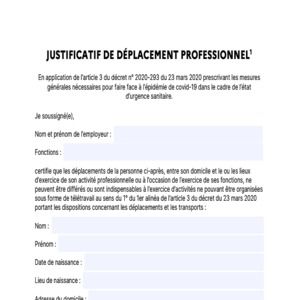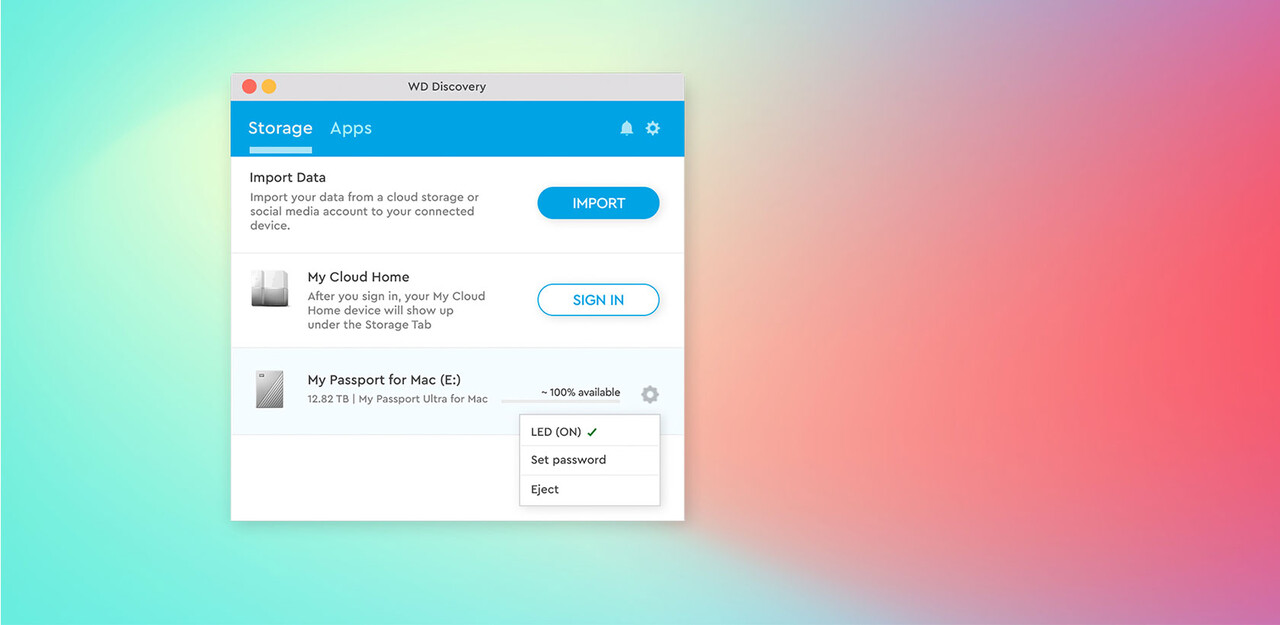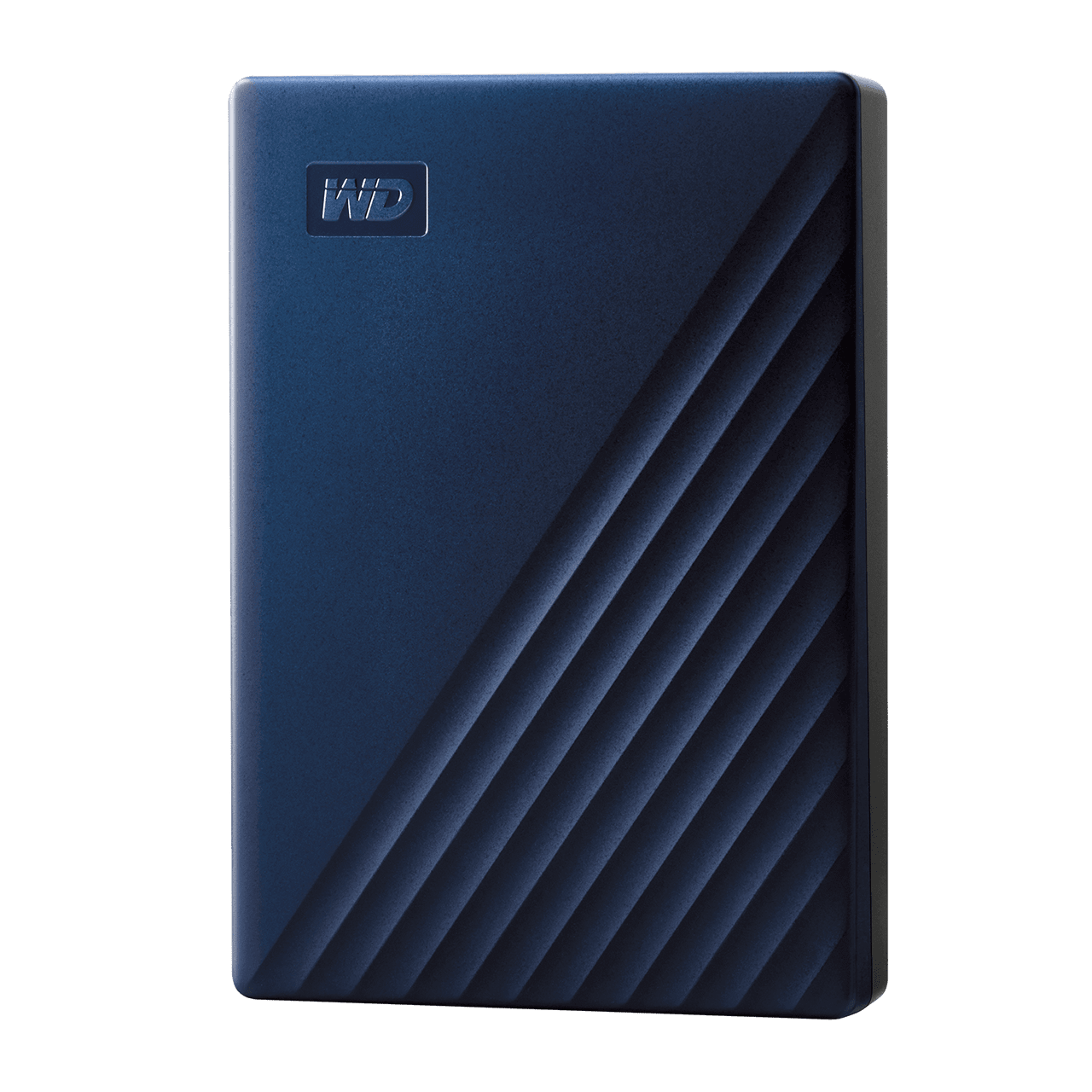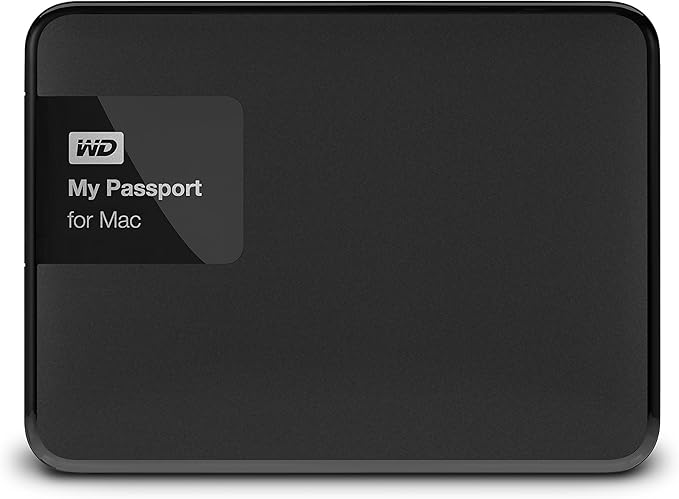You plug in the WD My Passport Into Your Mac; You format your WD My Passport to Mac OS Extended (Journaled) file system. Next you format your WD My Passport drive to an ExFAT file system. After that you can use your WD Passport on both Mac and PC. And the whole thing takes only a few minutes to do. To know more about their varieties one can search Google using “passport photo maker software”, “passport photo maker 5.15 serial”, “passport photo maker crack” or “passport photo maker freeware”. You may also see Image Scanner Software. Passport photo maker software is simple tool to use at home to print passport photos easily.
Hello, I have a 500GB WD My Passport external hard drive which I use on my MacBook Air. Since a few months ago the drive just stopped showing off in Finder. When I opened Disk Utility I could see the drive there as greyed out. But nothing happened when pressing “Mount”. I wish not to lose the information on my drive since there is backups from years back. Please help me with a solution to my problem.
In general, when a stable WD My Passport gets plugged into Mac, the drive will be readily available on the Desktop, Finder, and Disk Utility. Then it is possible to has full read-write access to the WD My Passport. However, there are times when yourMy Passport for Mac is not showing up in Finder or greyed out in Disk Utility. Why does this happen? It's most likely that the WD My Passport is logically corrupted and the operating system fails to mount it.
WD external hard drive shows up in Disk Utility but won't mount? Don't be upset, this article will throw some light on WD My Passport greyed out in Disk Utility issue. Also, recovering files from unmountable WD My Passport on Mac is also talked about in this blog.
How to fix WD My Passport greyed out in Disk Utility?
The good news is that your WD My Passport or otherexternal hard drives greyed out in Disk Utility indicates that the drive isn't physically damaged but has some issues with the partition table or some other corruption at the file system level. Thus, Mac built-in utilities are enough to fix WD My Passport for Mac not mounting issue.
Fix 1: Run First Aid to repair the unmounted WD My Passport
Disk Utility's First Aid is a drive diagnostic which can be used to test for defects or problems on a mac.
Step 1: Go to Disk Utility (found in the Applications > Utilities folder).
Step 2: Select the unmounted WD My Passport for Mac in Disk Utility.
Step 3: Click First Aid on the top of the window.
Step 4: Click Done when the repair finished.
Sd Card Formatter Software
Fix 2: Reformat to fix WD My Passport greyed out in Disk Utility
Sometimes,First Aid failed on the WD external hard drive since it has serious logical errors. In this case, reformatting is the most effective solution to bring back the WD My Passport to a normal working state. But this process will erase all data stored on the drive. If the drive contains important files, you should recover lost data from unmountable WD My Passport firstly.
Step 1: Recover lost data from unmountable WD My Passport
iBoysoft Data Recovery for Mac is free Mac data recovery software which helps you recover documents, pictures, audios, videos, emails from the unmountable, unreadable, formatted, corrupted external hard drives, hard drives, USB flash drives, SD cards, etc. It is compatible withmacOS Big Sur 11/Catalina 10.15/Mojave 10.14/High Sierra 10.13/10.12 and OS X 10.11/10.10/10.9/10.8/10.7.
Tutorial to recover lost data from unmountable WD My Passport:
1. Download and install iBoysoft Data Recovery for Mac on Mac.
2. Launch iBoysoft Data Recovery for Mac.
3. Select the unmounted WD My Passport and click 'Next' button to scan all lost data.
4. Preview the searching results, choose files you need, and click 'Recover' to get them back.
Step 2: reformat to fix WD My Passport for Mac not mounting
Afterwards, you can now courageously proceed to erase your WD My Passport.
• How to erase external hard drive on Mac?


Oct 16, 2020 • Filed to: Answer Hard Drive Problems • Proven solutions
External drives are portable hard drives that can be used for storing data that you want to keep on hand during your travels. Most of the external drives especially the WD ones available in the market are either formatted in NTFS or HFS+ format. The NTFS format is for Windows while HFS+ is for Macs. However, the new Macs are shipped with the latest Mac OS version, macOS High Sierra which supports the Apple File System or APFS. If your WD external drive isn’t in this new format, you won’t be able to use it if your Mac has been updated to macOS High Sierra. In such cases, you need to simply convert your WD external drive to APFS format.
How to Convert External Drive to APFS format
If you want to format your external drive from its existing file format to the new Apple file format, APFS, or Apple File System then you should follow these simple steps.

On the macOS 10.13 High Sierra, navigate to the disk utility and open it.
Locate the USB port of your computer and then connect your WD external drive into it.
In the Disk Utility window, find the option Show All Devices and click it.
In the windowpane located on the left, find the drive volume and select it after which click on the option labeled Partition.
Fat32 Formatter Download
Check that the scheme listed under Device Information has been set to GUID Partition Map. Then pick Mac OS Extended Journaled from the drop-down menu for the Format under the Partition Information.
After taking the required steps, hit the Apply button.
Hit the button labeled Partition
Select the partition of the external drive either labeled No Name or My Passport and then right-click on it.
In the drop-down menu that appears, click the option labeled Convert to APFS.
It will take a little time for the conversion process to complete, so be patient. You will see a tick-mark appear once the conversion has been completed. When this tick-mark appears, click the ‘Done’ button.
To ensure that the file format of the drive has been converted, go to the desktop and right-click on the My Passport drive.
In the drop-down menu that appears, click on the option labeled Get Info.
Check that the Format option under general has been changed to APFS.

What is APFS?
APFS is the short form of Apple File System. It was introduced by Apple in the year 2006 and is now the default file system of the latest Mac operating system, macOS High Sierra. This new file system replaces the previous file system, Mac OS Extended or HFS+, which was used by all the Mac OS versions which came before it. It offers several advantages over its predecessors and is automatically applied to your hard drive upon the installation of macOS High Sierra. APFS has been optimized for SSDs and flash drives but can be used for external and hybrid drives as well. However, it is best suited for flash and solid-state drives.
One thing to keep in mind about APFS is that it only works on macOS High Sierra. So, if you don’t have this Mac OS installed on your Mac, you won’t be able to open any drives using the APFS format.
Advantages of Converting to APFS
APFS offers a ton of benefits that you don’t find in HFS+. Moreover, it is also the recommended file system for SSDs and flash drives. The following are some of the advantages that you can avail of by converting to APFS.
Download Passport Software Formatter Mac Download
- Fast Duplication and Copying: APFS is a lot faster than HFS+. It can copy and duplicate files and folders within seconds. The process is almost instantaneous and will be over in the blink of an eye. You won’t have to wait for an eternity to see the files being copied one Megabyte at a time. The reason why APFS can do that is that it makes use of metadata. This allows it to complete the copying and cloning process much more quickly than HFS+ ever could.
- Reliability: Aside from fast performance, APFS is also the most reliable file system around. Apple has worked on the reliability of this file system and has ensured that it does not crash as much as HFS+ used to do. This means that you would have to face fewer instances of file corruption than before if your drive is using the APFS format.
- Efficient Partition Management: APFS does a great job of managing the partitions that you have created on your drive. It stores the information on the partitions in such a manner that files don’t get fragmented and need to be pieced together later. This efficient use of the available drive space ensures that you don’t run out of storage space anytime soon.
- Encryption: Privacy is a very big issue for people and if you have some sensitive data on a file or in a folder then you would want to keep it private. With APFS, you get the chance to encrypt individual files and folders on your drive in addition to encrypting the entire hard drive. This offers you an added layer of security that HFS+ couldn’t provide.
If you have bought a new WD external drive that isn’t formatted in the APFS format then you would have difficulty in opening it on a Mac running macOS High Sierra. Moreover, you won’t be able to enjoy the numerous benefits that this new file format has to offer you. To make sure that your WD external drive takes advantage of the APFS format, you need to convert it from HFS+ to APFS. You need to follow a simple set of procedures to ensure that your WD external drive is converted to the APFS format. These steps are easier to follow and the whole process wouldn’t take much time to complete.
What's Wrong with Drive
Cd Formatter Download
- Recover Your Drive
- Fix Your Drive
- Format/Wipe Drive
- Know Your Drive
